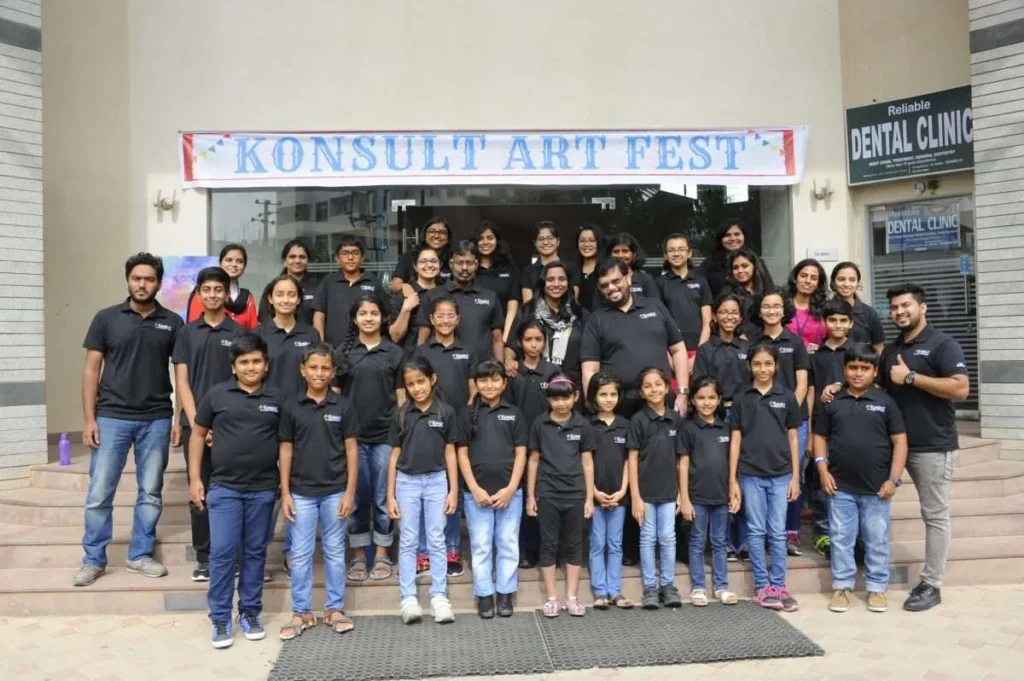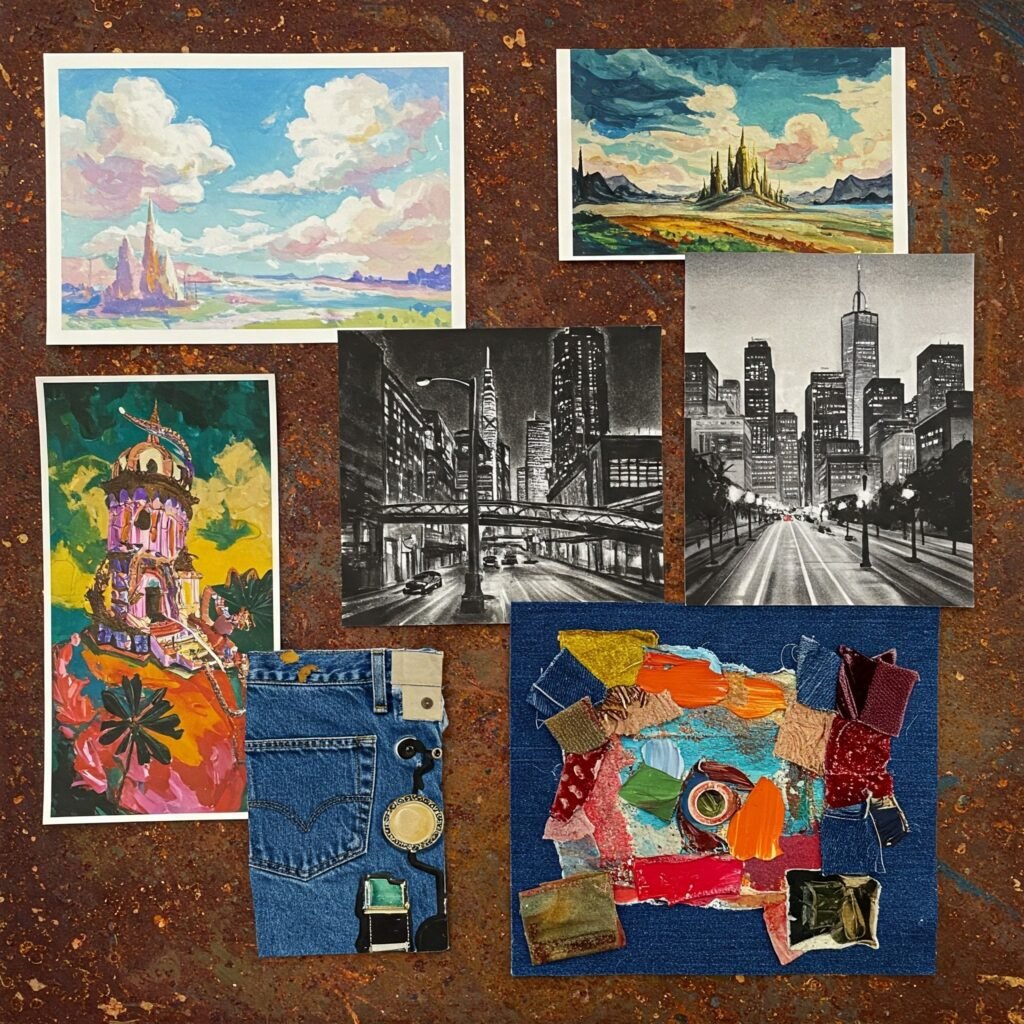
Introduction
Art is a powerful form of expression, a means to unwind, and even a professional career path for many. But with so many art courses available—ranging from watercolor and sketching to digital painting and oil painting—it can be challenging to choose the right one.
Whether you are a beginner looking to start your artistic journey, an intermediate learner aiming to refine your techniques, or an advanced artist seeking specialization, selecting the right course is crucial.
In this blog, we’ll guide you step-by-step on how to find the perfect art course based on your interests, goals, and learning style.
1. Identify Your Artistic Goals
Before you start browsing courses, ask yourself these questions:
- What do you want to achieve? (Learning a new medium, improving technical skills, or becoming a professional artist?)
- Are you looking for a hobby or a career? (Some courses focus on casual learning, while others prepare you for professional work.)
- Do you enjoy structured learning or prefer self-paced experimentation?
- How much time and money are you willing to invest?
Understanding your goals will help you narrow down your choices and prevent you from enrolling in a course that doesn’t align with your needs.
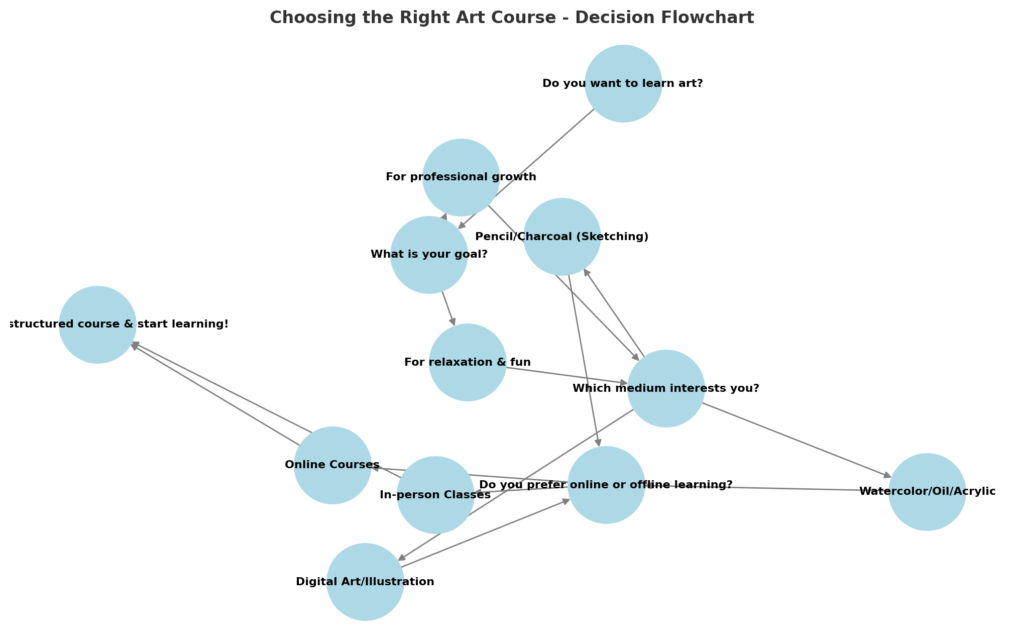
Understand Different Art Mediums
Popular Art Mediums & Who They Are Best For table in the requested format:
Each medium has unique characteristics, and choosing the right one depends on your interests.
If you’re unsure which medium suits you, start with sketching as it builds foundational skills before moving to painting or any other art.
| Art Medium | Best For | Pros | Cons |
|---|---|---|---|
| Pencil Sketching & Shading | Beginners, hobbyists, fundamental drawing practice | Easy to learn, inexpensive, versatile | Limited color range |
| Charcoal Drawing | Artists who love dramatic contrasts and expressive shading | Rich textures, deep blacks, great for bold compositions | Messy, requires fixative to prevent smudging |
| Soft Pastels | Artists who enjoy vibrant colors and smooth blending | Intense colors, soft textures, easy to blend | Fragile, needs fixative to prevent smudging |
| Watercolor Painting | Artists who love fluid, delicate, and expressive artworks | Transparent, beautiful blending effects, portable | Hard to control, dries quickly |
| Acrylic Painting | Beginners and professionals looking for a quick-drying medium | Versatile, fast-drying, works on many surfaces | Dries too fast for blending, can darken when dry |
| Oil Painting | Artists who prefer a slow-drying medium with rich textures | Long drying time for blending, deep colors | Requires solvents, slow drying |
| Digital Art & Illustration | Modern artists, graphic designers, concept artists | Unlimited tools and colors, easy corrections | Requires a tablet/software, learning curve |
| Cartoons & Caricatures | Artists interested in exaggerated expressions and storytelling | Fun, engaging, great for humor and personality | Can be seen as less “serious” art |
| Anime Drawing | Fans of Japanese-style illustrations and manga | Stylized, expressive, great for storytelling | Requires understanding of anatomy and shading |
| Animation Drawing | Artists interested in motion and character animation | Essential for animation, strong storytelling potential | Time-consuming, requires digital tools |
| Fashion Sketching | Designers creating clothing ideas | Elegant, expressive, great for fashion industry | Requires understanding of fabric flow and anatomy |
3. Online vs. Offline Learning: Which One is Better?
Art courses are available in two primary formats: online courses and in-person workshops. Both have their advantages, depending on your needs.
✅ Online Art Courses (Best for Flexible Learning)
✔ Learn at your own pace
✔ Access to a global selection of instructors
✔ Often more affordable than in-person classes
✔ Great for self-motivated learners
💡 Best For: People with a busy schedule, those who prefer self-paced learning, or those who want to learn from top artists worldwide.
✅ Offline/In-Person Art Classes (Best for Hands-On Learning)
✔ Direct feedback from instructors
✔ Interaction with fellow artists
✔ Structured learning with a step-by-step approach
✔ Easier to build discipline and consistency
💡 Best For: Beginners who need hands-on guidance, students who prefer real-time feedback, and those who enjoy group learning.
🔹 Hybrid Learning (combining both online and in-person) is also an excellent option!
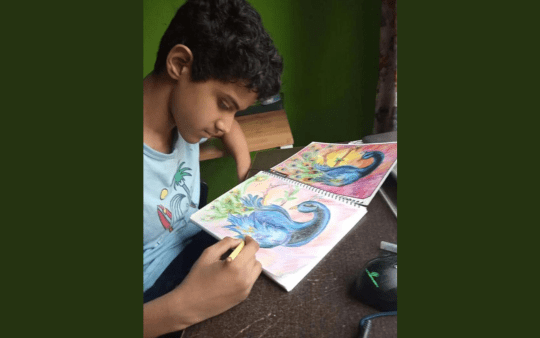
4. Consider the Course Structure
A well-structured course makes learning more effective. Look for the following elements:
✔ Beginner-friendly introductions – Basic techniques and tools explained
✔ Step-by-step tutorials – Lessons that build on previous ones
✔ Practical exercises – Hands-on projects to practice
✔ Feedback & critique – Personalized instructor feedback is a plus
✔ Assignments & assessments – Helps track progress
💡 Tip: If a course offers a free trial lesson, take advantage of it to see if the teaching style suits you!
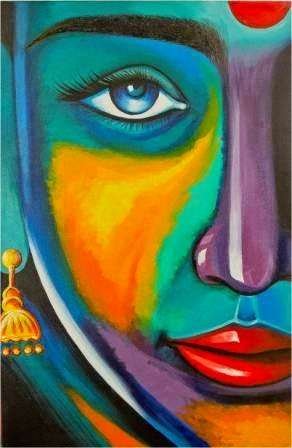
5. Research the Academy’s Credentials & Reviews
An experienced and passionate Academy makes a huge difference in your learning experience.
🔎 How to evaluate an Academy?
- Check their portfolio & experience thru websit
- Read student reviews & testimonials
- Watch sample videos to assess their teaching style
6. Align the Course with Your Budget & Time Commitment
Art courses range from short weekend workshops to multi-month masterclasses. Consider:
- Short-term courses (1-4 weeks) – Ideal for quick skill-building
- Long-term courses (3-6 months) – Great for in-depth learning
- Full-time programs (6+ months) – For those aiming for professional-level mastery
7. Take a Trial Class If Possible
Many platforms and art academies offer free introductory lessons or trial classes. This lets you experience the instructor’s teaching style before committing.
🔹 Where to find trial lessons?
- YouTube (Many instructors offer free previews)
- Online platforms like Udemy, Skillshare, or Domestika
- Local art academies offering demo classes

.
Conclusion: Find Your Perfect Art Course & Start Creating!
Choosing the right art course depends on:
✅ Your goals (hobby vs. professional learning)
✅ The medium you want to explore (watercolor, digital, oil, etc.)
✅ Your learning style (online vs. offline)
✅ A well-structured course syllabus
✅ An experienced instructor with positive reviews
✅ Your budget & time commitment
Once you’ve chosen the right course, embrace the process, experiment with new techniques, and most importantly—enjoy the journey! 🎨✨
🌟 Ready to start your art journey? Explore our courses and find your perfect match today!
Call us now!
+91 9902739994
https://konsultcreative.com/
Bengaluru Main Centre
KONSULT CREATIVE EDUCATION
Sobha Lakeview Club, Margosa Avenue, Green Glen Layout, Bellandur, Bangalore – 560103. INDIA
